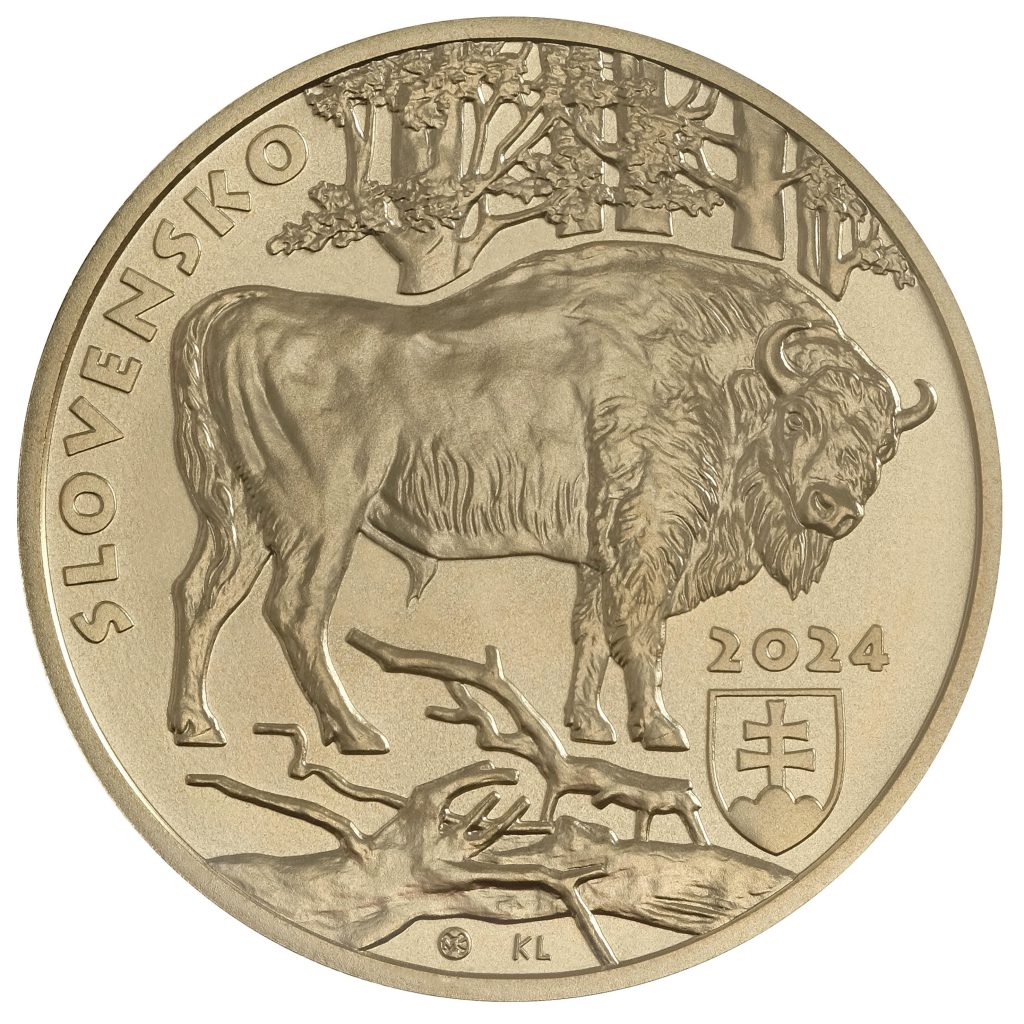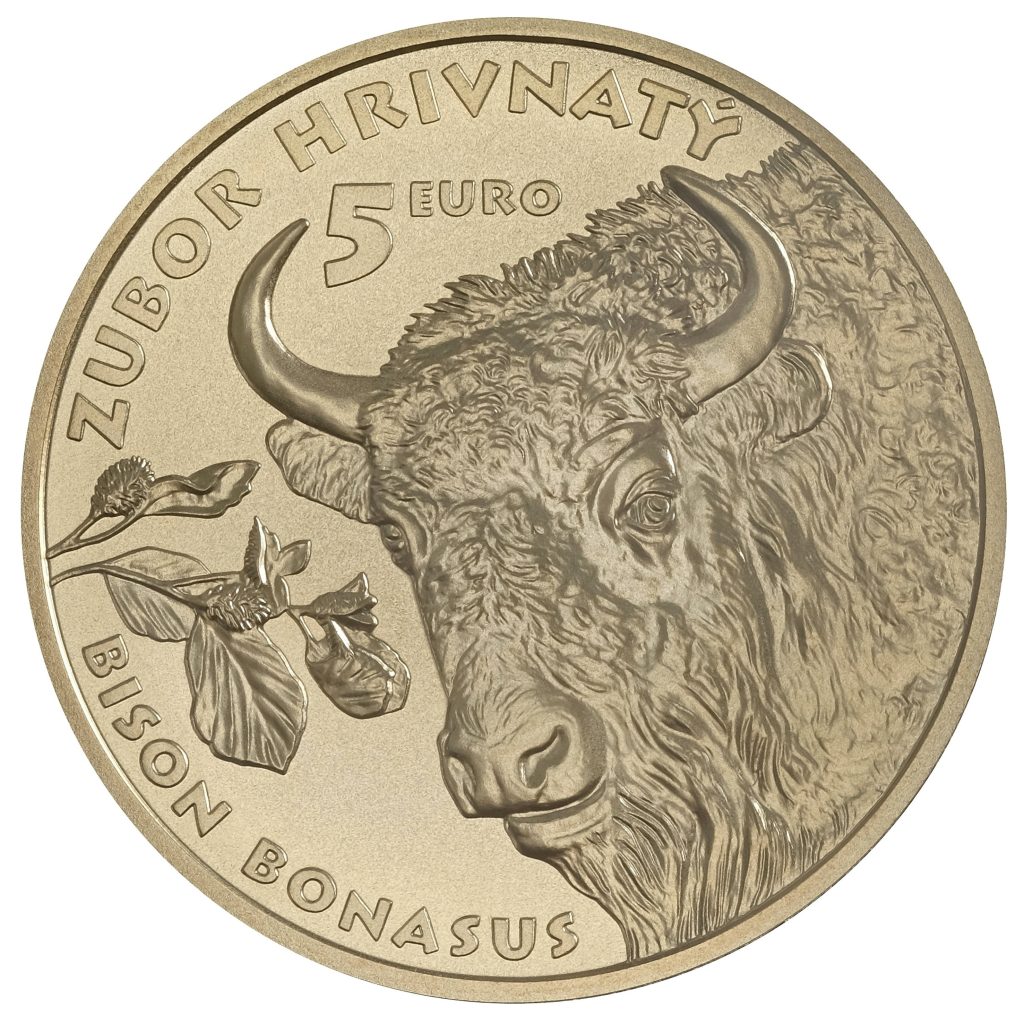-
NBS Tasks
Browse topics
- Monetary policy
- Financial market supervision
- Financial stability
- Banknotes and coins
- Payments
- Statistics
- Research
- Legislation
-
Publications
- Activity Report of the NBS Innovation Hub Annual Report Carbon Footprint Report of NBS Climate-related disclosures of NBS non-monetary policy portfolios Economic and Monetary Developments Financial Stability Report Investment Policy Statement of the National Bank of Slovakia Macroprudential Commentary
- Policy Briefs Report on the Activities of the Financial Market Supervision Unit Research Papers: Working and Occasional Papers (WP/OP) Statistical Bulletin Structural Challenges Other publications Sign up for your email notifications about publications
- About the Bank
- Media
- Frequently asked questions
-
For the public
Browse topics
- About the Bank
- Exchange rates and interest rates
- Banknotes and coins
- Payments
- Financial stability
- Financial market supervision
- Statistics
- Legislation
-
Publications
- Activity Report of the NBS Innovation Hub Annual Report Economic and Monetary Developments Financial Stability Report Macroprudential Commentary
- Report on the Activities of the Financial Market Supervision Unit Research Papers: Working and Occasional Papers (WP/OP) Statistical Bulletin Other publications Sign up for your email notifications about publications
- Frequently asked questions
- Media
- Careers
- Contact
Fauna and flora in Slovakia – the European bison
€5 base metal collector coin
The bison is Europe’s largest land mammal, with its build resembling that of cattle. It has a relatively short, rounded head and is covered with brown hair from head to tail. The forequarters are bulkier than the hindquarters and are further accentuated by longer hair. Strong, hollow horns are a permanent feature of both sexes and grow with age. Bison are most active at dusk, and their vision has adapted accordingly. Their best-developed senses are hearing and smell. They can live to around 35 years of age. Bison are a social animal that typically live in herds of 8 to 13 animals, though older males tend to be solitary. They feed mainly on green and woody plant matter, including branches, bark and leaves. They prefer younger forest stands with dense undergrowth. In winter, their staple food sources are brambles, tree bark, shrubs and dry grass, which they dig out from under the snow. The bison’s historical range extended almost throughout Europe. In Slovakia today, approximately 70 individuals of the species live wild on a reservation in the Poloniny National Park.
-
Coin description
Obverse:
The obverse of the euro collector coin depicts a male European bison with trees in the background above and fallen branches in the foreground below. The Slovak coat of arms appears in the lower right of the design, just below the year of issuance ‘2024’. The name of the issuing country ‘SLOVENSKO’ is inscribed along part of the left edge. In the lower part of the design are the mint mark of the Kremnica Mint (Mincovňa Kremnica), consisting of the letters ‘MK’ placed between two dies, and the stylised letters ‘KL’, referring to the coin’s designer Karol Ličko.Reverse:
On the reverse, a depiction of a European bison’s head dominates the centre and right of the design. Above the head are the coin’s denomination and currency, ‘5 EURO’. The Slovak name of the European bison, ‘ZUBOR HRIVNATÝ’, is inscribed along the upper-left edge, and the scientific name, ‘BISON BONASUS’, is at the lower-left edge. The two names are separated by a beech twig with leaves and nuts.
-
Coin details
Designer: Karol Ličko Composition: brass MS63 Weight: 19.1 g Diameter: 34 mm Edge: milled Producer: Kremnica Mint (Slovakia) Engraver: Dalibor Schmidt Issuing volume: 50,000 euro coins
Additional mintage in 2024: 5,000 coins (with 2024 as the year of issuance)
Additional mintage in 2025: 6,000 coins (with 2024 as the year of issuance)
For the Bank’s promotional purposes, 1,500 of these collector coins were packaged in a green coin box.Issuing date: 2 July 2024

